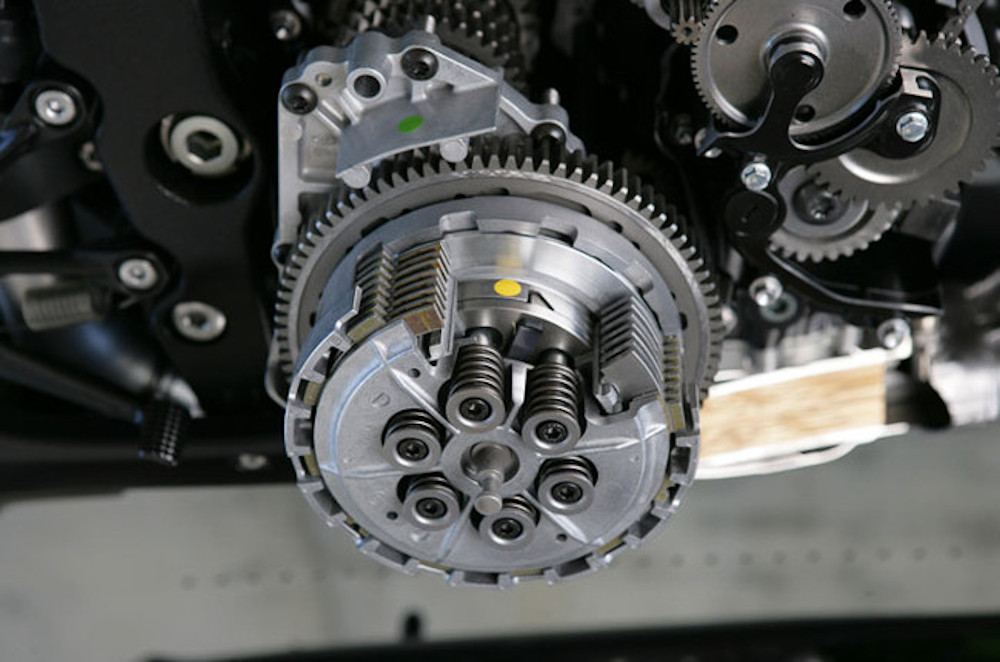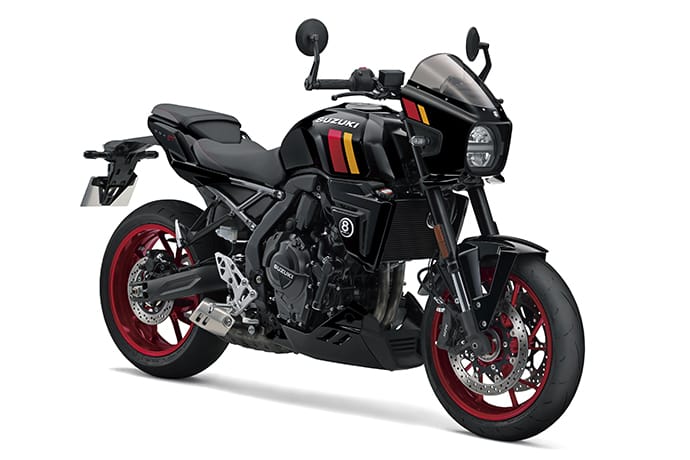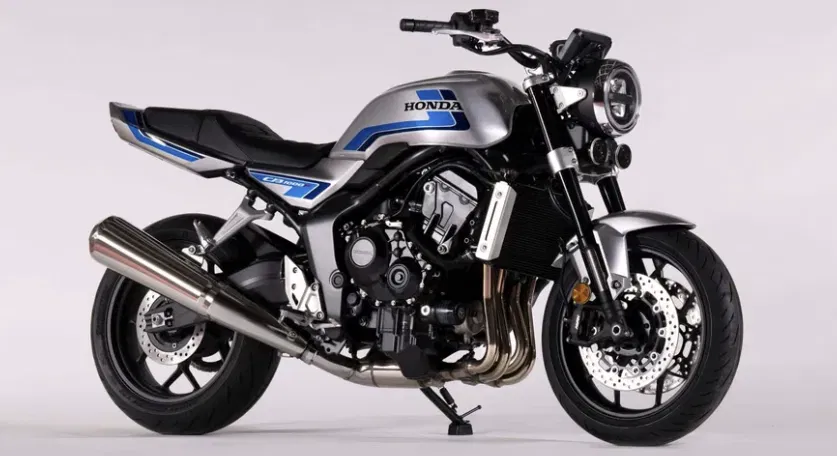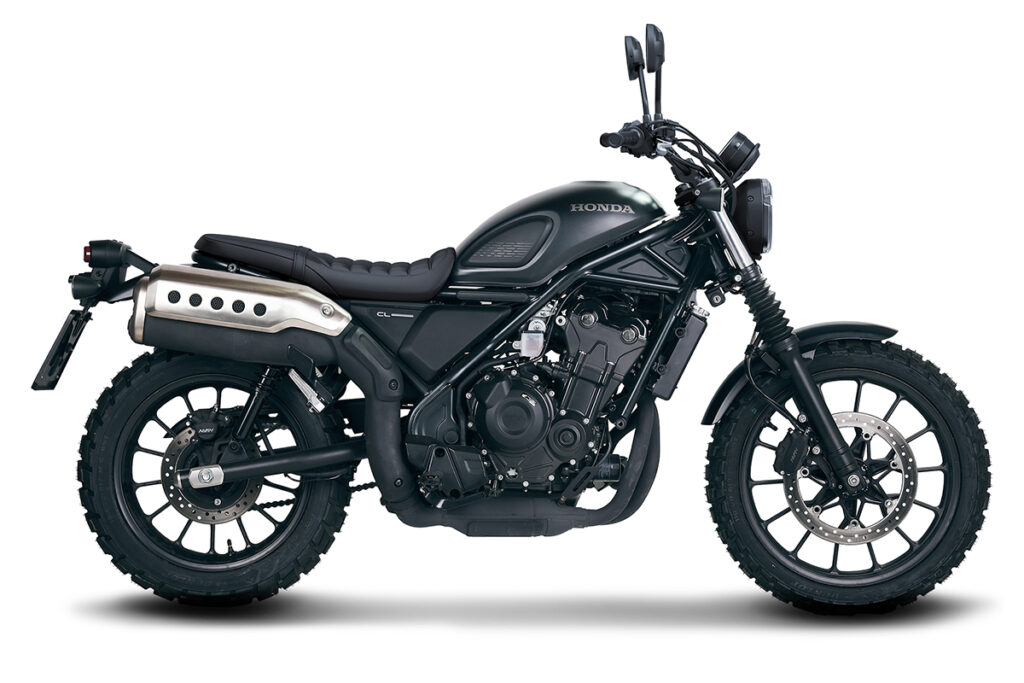We have covered the subject of the slipper clutch, now let us look at the assist clutch function. The assist function is an evolution of the slipper clutch and is fitted to an increasing number of motorcycles these days.
Why do we need the assist function?
Previously, harder clutch springs are required for high powered motorcycle engines in order to force the clutch plates and friction plates together, in order to maximise power transfer. Cutch springs that are too light can cause the plates to slip past each other, especially under hard acceleration.

Problem is, the clutch lever will feel very stiff as we need more finger pressure to overcome the springs’ force. It becomes even worse when the bike is accelerating hard and at speed, as the clutch’s centrifugal force pushes the plates in. Not only that, the gear lever can also feel really when using a quickshifter.
So how does the assist function work?
As with the slipper clutch, there are also ramps on the clutch’s pressure plate. However, these ramps face the other way, which cause the pressure plate to push inside onto the clutch plates for more positive engagement. In other words, less of the engine’s power is wasted from clutch slippage.
The takeaway from this is we can now use lighter clutch springs, allowing for a lighter pull on the clutch lever. It is especially useful when your motorcycle does not have a quickshifter. Additionally, shifting with the quickshifter can be potentially faster and the gear lever feels softer.

















